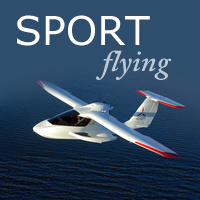
The Sport Flying revolution has just begun. In 2004, the FAA, working closely with the Experimental Aircraft Association (EAA) created what has been called “The biggest change in aviation in 50 years.” They created an entirely new category of aircraft (Light Sport Aircraft) as well as a new category of pilot license (Sport Pilot), both aimed specifically at consumer recreational flying.
The Sport Flying revolution begun in 2004 when the Federal Aviation Administration (FAA), working closely with the Experimental Aircraft Association (EAA) created what has been called “The biggest change in aviation in 50 years.” They created an entirely new category of aircraft (Light Sport Aircraft) as well as a new category of pilot license (Sport Pilot), both aimed specifically at consumer recreational flying. The dream of flight is more accessible and affordable than ever before….but let’s keep it safe!
In summary, the Sport Pilot/Light Sport Aircraft regulations allow persons to:
- Obtain an FAA pilot certificate at a lower cost and with less time commitment than ever before.
- Fly a sport pilot-eligible aircraft with a driver’s license serving as evidence of medical eligibility.
- Purchase new, more affordable, ready-to-fly aircraft.
- Build an approved light-sport aircraft kit that’s as much as 99% complete from the factory.
- Make the dreams of flying come true more easily and less expensively.
- Fly interesting alternative aircraft such as powered parachutes, weight-shift controlled (trikes), gliders, gyroplanes, or balloons.
- Maintain their own aircraft.
Light-Sport Aircraft:
The FAA defines a light-sport aircraft as an aircraft, other than a helicopter or powered-lift that, since its original certification, has continued to meet the following:
- Maximum gross takeoff weight—1,320 lbs, or 1,430 lbs for seaplanes.
- Maximum stall speed—51 mph (45 knots) CAS
- Maximum speed in level flight with maximum continuous power (Vh)—138 mph (120 knots) CAS
- Single or two-seat aircraft only
- Single, reciprocating engine (if powered), including rotary or diesel engines
- Fixed or ground-adjustable propeller
- Unpressurized cabin
- Fixed landing gear, except for an aircraft intended for operation on water or a glider
- Can be manufactured and sold ready-to-fly under a new Special Light-Sport aircraft certification category. Aircraft must meet industry consensus standards. Aircraft under this certification may be used for sport and recreation, flight training, and aircraft rental.
- Can be licensed Experimental Light-Sport Aircraft (E-LSA) if kit- or plans-built. Aircraft under this certification may be used only for sport and recreation and flight instruction for the owner of the aircraft.
- Can be licensed Experimental Light-Sport Aircraft (E-LSA) if the aircraft has previously been operated as an ultralight but does not meet the FAR Part 103 definition of an ultralight vehicle. These aircraft must be transitioned to E-LSA category no later than January 31, 2008.
- Will have FAA registration—N-number.
- Aircraft category and class includes: Airplane (Land/Sea), Gyroplane, Airship, Balloon, Weight-Shift-Control (“Trike” Land/Sea), Glider, and Powered Parachute.
- U.S. or foreign manufacture of light-sport aircraft is authorized.
- Aircraft with a standard airworthiness certificate that meet above specifications may be flown by sport pilots. However, the aircraft must remain in standard category and cannot be changed to light-sport aircraft category. Holders of a sport pilot certificate may fly an aircraft with a standard airworthiness certificate if it meets the definition of a light-sport aircraft.
- May be operated at night if the aircraft is equipped per FAR 91.205, if such operations are allowed by the aircraft’s operating limitations and the pilot holds at least a Private Pilot certificate and a minimum of a third-class medical.
The Sport Pilot Rule:
- Creates a new student sport pilot certificate
- Creates a new sport pilot flight instructor certificate.
- Requires FAA knowledge (written) and practical (flight) test.
- Credits sport pilot flight time toward more advanced pilot ratings.
- Requires either a 3rd class FAA medical certificate or a current and valid U.S. driver’s license as evidence of medical eligibility (provided the individual’s most recent application for an FAA medical certificate was not denied, revoked, suspended or withdrawn).
- Does not allow carrying passengers for compensation or hire
- Does not allow flights in furtherance of business
- Allows sharing (“pro-rata”) operating expenses with another pilot.
- Allows daytime flight only.
- Allow sport pilots to fly vintage and production aircraft (standard airworthiness certificate) that meet the definition of a light-sport aircraft.
- Does not allow authorize you to fly outside of the United States.
- Require sport pilots to always fly by visual flight rules. No exceptions.
Sharing the Sky
Sport pilots share the skies with IFR pilots so they should know what they’re doing. Sport pilots cannot fly IFR! That doesn’t mean, however, that they cannot learn about and take advantage of air traffic control or about using instruments. In fact, sport pilots are encouraged to keep learning. Many may become private pilots or even commercial pilots with instrument ratings. The key here is to share in the use of the airspace responsibly so that all users can be assured of safety. This can be achieved be making oneself knowledgeable and simply following the rules of the air.






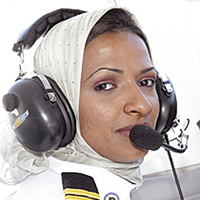
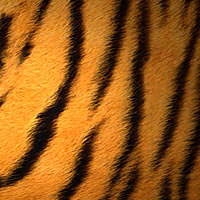
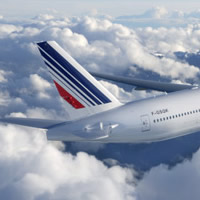
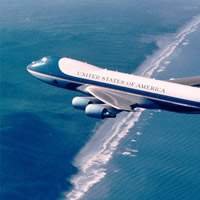

 I am Wayne, a career air traffic controller. Engage me while I share my thoughts, experience, and news from the aviation world.
I am Wayne, a career air traffic controller. Engage me while I share my thoughts, experience, and news from the aviation world.